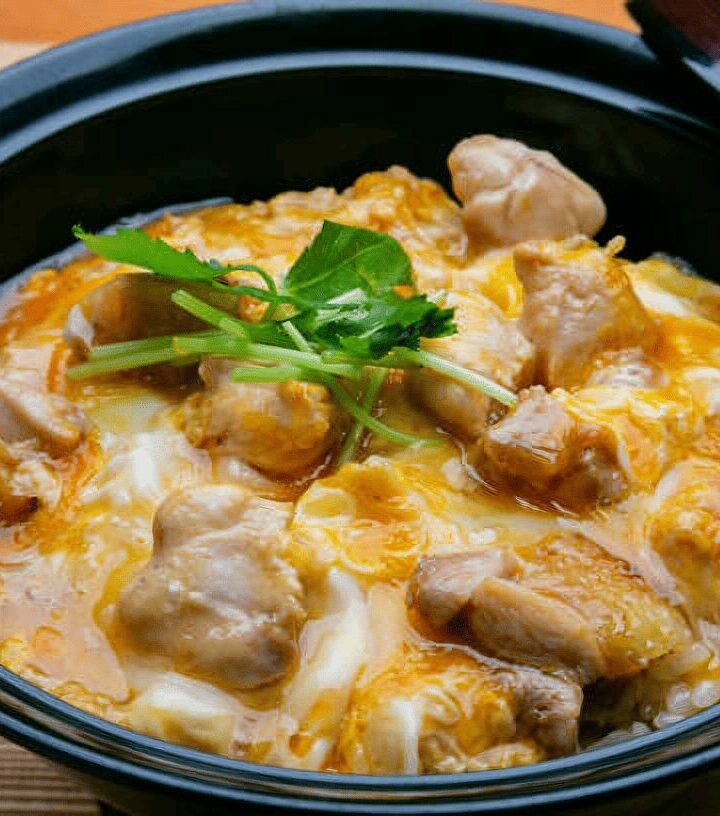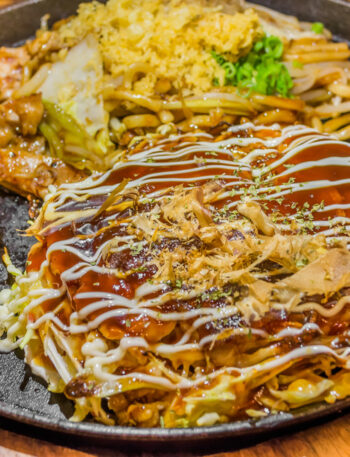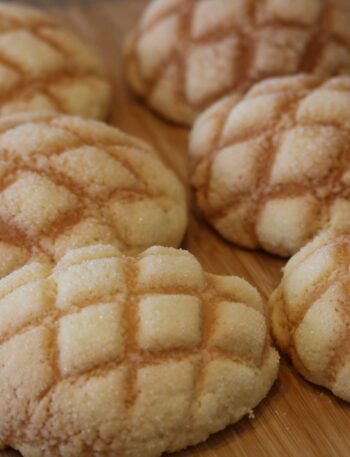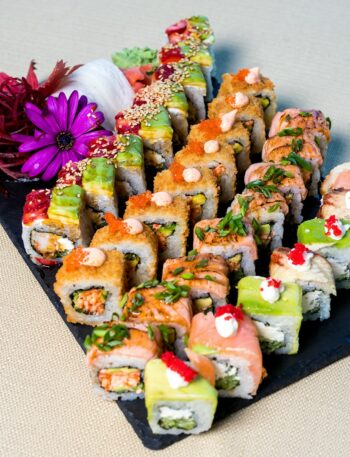Introduction – Japanese Diet to Lose Weight
Losing weight can feel like an endless battle. You start a diet, full of motivation to lose weight, only to find yourself sneaking a bite of cake a few days later. Sound familiar? The problem isn’t always about willpower—it’s about choosing a diet that fits your lifestyle. This is where the Japanese diet comes in.
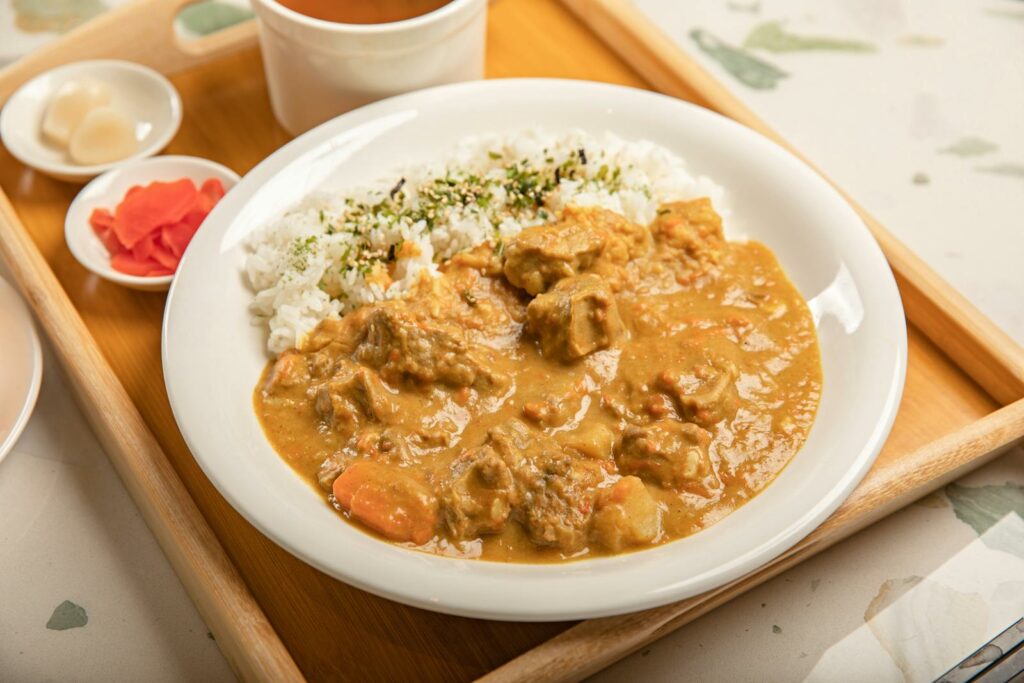
If you’re looking to lose weight without feeling like you’re constantly depriving yourself, this might be the perfect solution.
The Japanese diet is naturally balanced, packed with fresh ingredients, and doesn’t rely on extreme calorie restriction.
Instead of cutting out entire food groups or surviving on bland salads, you get to enjoy flavorful meals that nourish your body while still supporting weight loss.
But how does it work? And more importantly, can you really lose weight without feeling like you’re on a diet? Let’s dive in!
Why Most Weight Loss Plans Fail
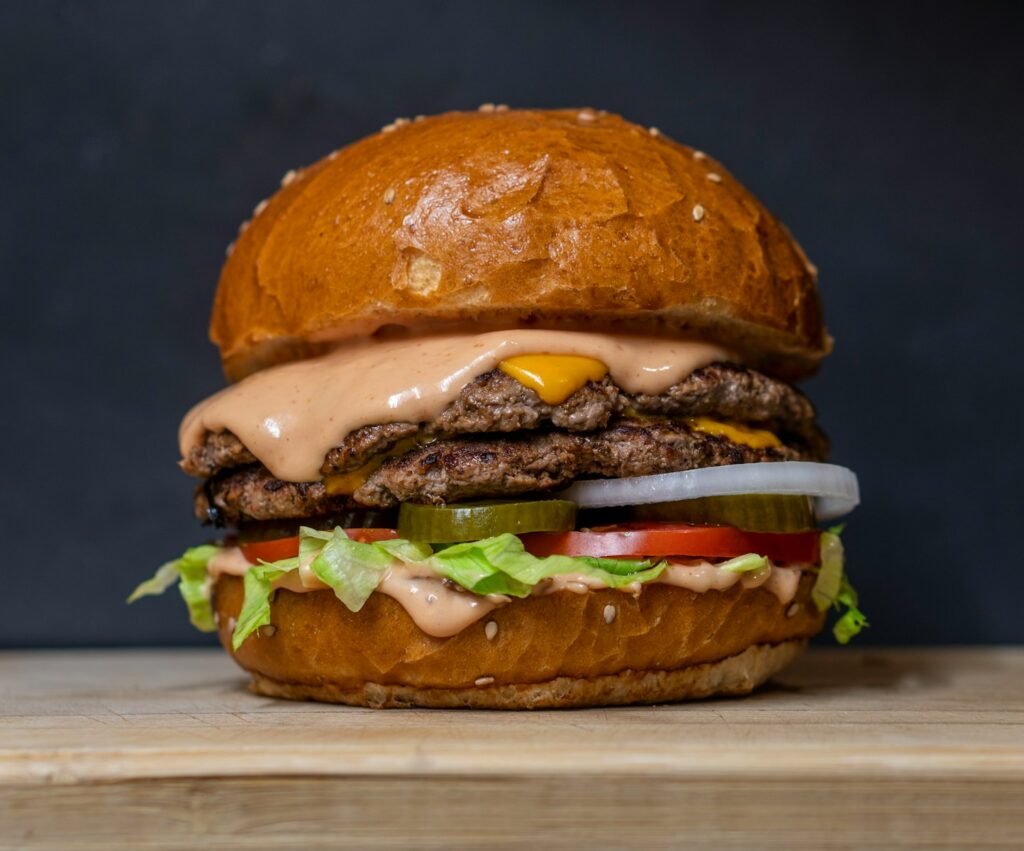
Many diets promise quick results, but most people struggle to stick with them. Here’s why:
They Rely on Extreme Calorie Restriction
A typical weight loss plan often tells you to eat less, move more.
While this sounds logical, extreme calorie restriction leads to hunger, fatigue, and cravings.
Your body goes into survival mode, slowing down metabolism and making it harder to burn fat. The result? You end up binge-eating the very foods you were avoiding.
They Cut Out Entire Food Groups
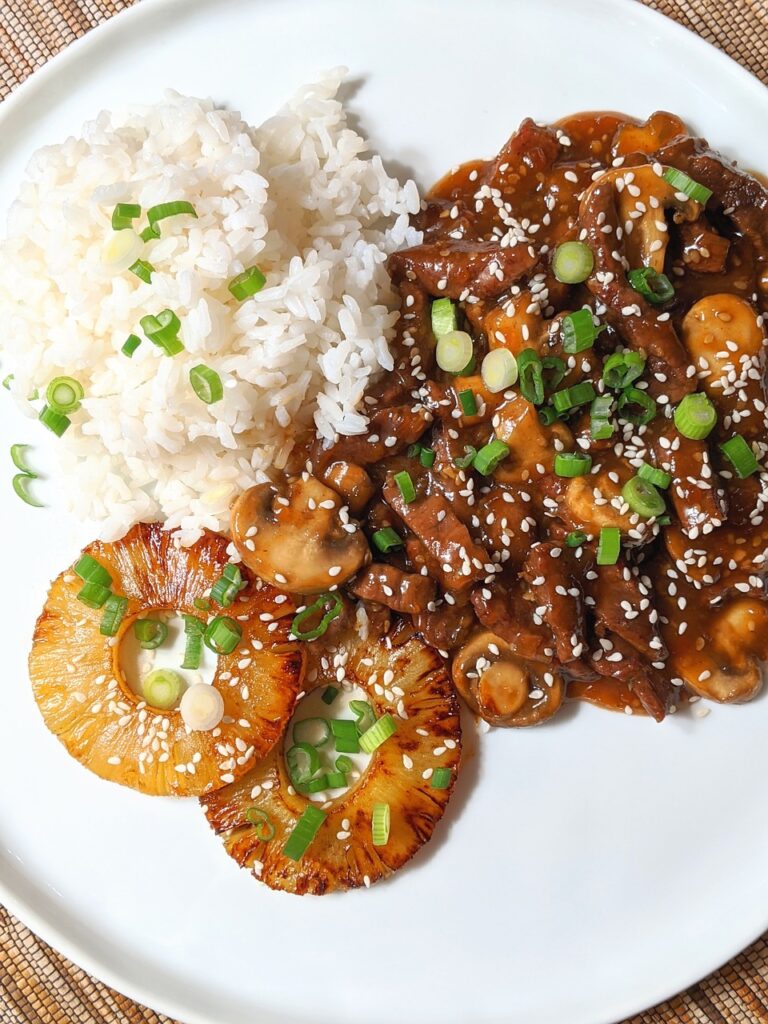
Low-carb, no-fat, high-protein—many diets demand that you eliminate entire food groups.
While this might help you lose weight temporarily, it’s not sustainable. Your body needs a mix of carbs, fats, and proteins to function properly.
When you cut out an essential macronutrient, you’ll likely feel deprived and eventually give in to cravings.
They Feel Like a Punishment
Let’s be honest: Most diets aren’t enjoyable. They make you count every calorie, weigh every portion, and avoid your favorite meals. If you feel miserable while dieting, you won’t stick with it.
Food is meant to be enjoyed, and a sustainable weight loss plan should let you eat delicious meals without guilt.
They Don’t Teach Healthy Eating Habits
A diet should be about long-term change, not just quick fixes.
Many weight loss programs focus on short-term results but don’t teach people how to make healthy eating a habit.
Once the diet is over, most people return to their old eating patterns and regain the weight they lost.
They Ignore Emotional Eating
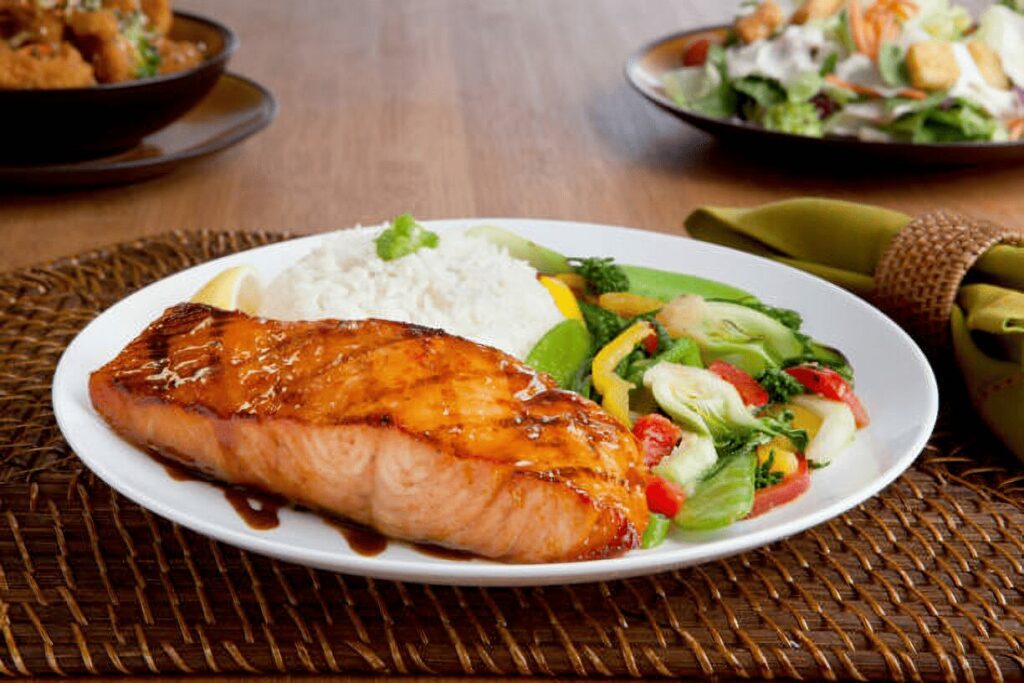
Stress, boredom, and emotions play a huge role in eating habits.
Traditional diets don’t address the psychological aspects of eating, leading people to fall into the trap of emotional eating.
If a diet doesn’t help you develop a healthy relationship with food, it’s unlikely to work in the long run.
They’re Expensive and Hard to Maintain
Many trendy diets require special supplements, organic-only ingredients, or meal delivery services. This makes them difficult to maintain, especially if you have a busy schedule or a tight budget.
A successful diet should be affordable, accessible, and easy to follow without requiring fancy ingredients.
The Japanese Diet: A Sustainable Way to Lose Weight

Unlike restrictive weight loss plans, the Japanese diet is built around balance, variety, and enjoyment. Here’s why it works:
Naturally Low in Calories but High in Nutrients
Japanese meals focus on whole, unprocessed foods like fish, rice, vegetables, and fermented foods. These foods are packed with nutrients but low in calories, making it easier to maintain a calorie deficit without feeling deprived.
Portion Control Is Built-In
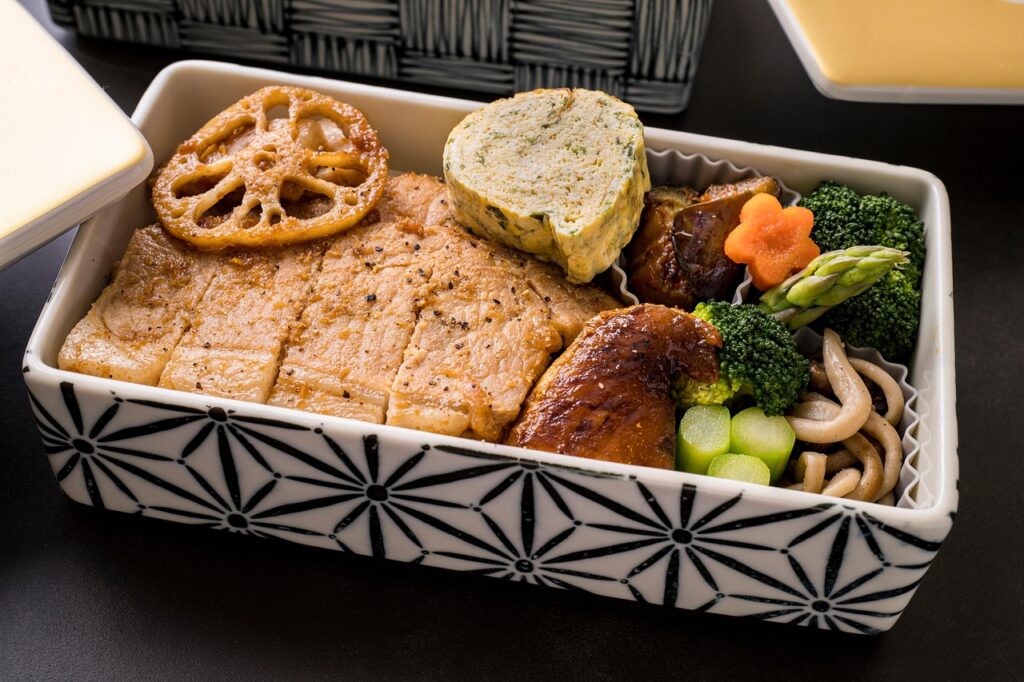
In Japan, food is often served in small portions on multiple small plates. This naturally encourages mindful eating and helps prevent overeating. Unlike a giant Western-style plate piled with food, Japanese meals encourage balance and moderation.
Protein-Rich and Filling
A key part of the Japanese diet is fish, tofu, and lean meats, which provide high-quality protein. Protein keeps you full for longer, reducing cravings and making it easier to avoid unhealthy snacking.
High in Fiber and Gut-Friendly Foods
Japanese meals include plenty of fiber from vegetables, seaweed, and fermented foods like miso and natto. These support digestion, gut health, and even help regulate appetite.
Japanese Diet Encourages Slow Eating and Mindfulness
In Japan, eating is an experience, not a rushed task. Taking time to enjoy your meal, appreciating the flavors, and eating slowly allows your body to recognize when it’s full. This naturally prevents overeating without the need for strict rules.
How to Start Eating a Japanese Diet to lose Weight
If you’re ready to try the Japanese diet for weight loss, here’s how to get started:
- Swap Processed Foods for Whole Foods – Choose fresh fish, tofu, rice, and vegetables over packaged and processed foods.
- Practice Portion Control – Serve your meals in small bowls and plates to naturally eat less.
- Incorporate Fermented Foods – Miso, kimchi, and natto help support digestion and gut health.
- Slow Down and Enjoy Your Food – Eat mindfully and appreciate each bite instead of rushing through meals.
- Prioritize Balance Over Restriction – Don’t eliminate entire food groups; instead, focus on variety and moderation.
Related article you might find interesting : 4 Healthy Japanese Appetizers That Won’t Ruin Your Diet
Frequently Asked Questions about Japanese Diet and Lose Weight
Yes! The Japanese diet is naturally low in calories, high in nutrients, and encourages mindful eating—all key factors for healthy, sustainable weight loss.
Focus on whole foods like rice, fish, tofu, seaweed, miso, and plenty of vegetables. Avoid heavily processed foods and excessive sugars.
Absolutely! The Japanese diet includes rice and noodles, but in moderation. The key is balance—not cutting carbs completely.
Weight loss varies from person to person, but by following the principles of the Japanese diet, you can achieve steady and sustainable results without feeling like you’re dieting.

